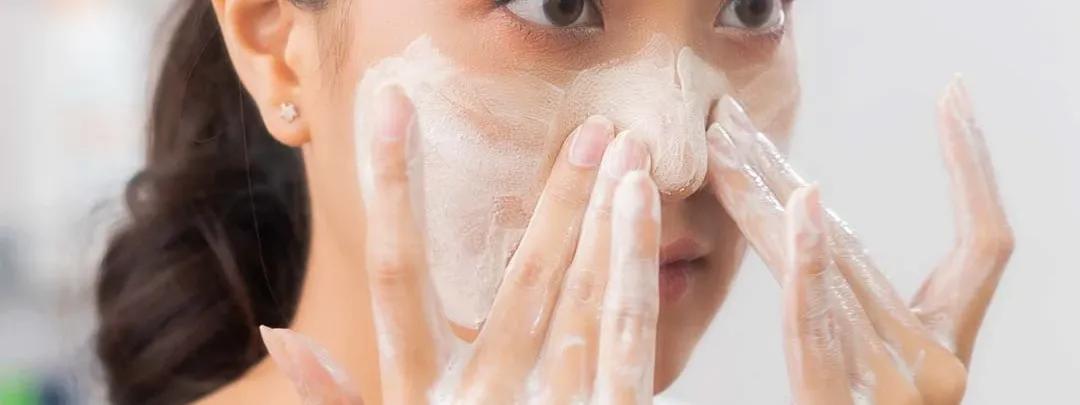Let's be real, washing your face seems straightforward enough. Splash, scrub, rinse—sorted, right? Well, not quite. Finding the perfect face wash for women and mastering the technique can be your skincare game-changer. With countless gentle facial cleansers, oil-free formulas, and natural options flooding the market, knowing what works for your skin type makes all the difference. This step-by-step tutorial breaks down everything you need to know about proper face washing, from choosing your ideal cleanser to perfecting your technique. Whether you're dealing with breakouts, dryness, or just want to maintain that healthy glow, we've got your back with a foolproof approach that actually works.
Understanding Your Skin Type
Before diving into any skincare routine, you need to figure out what type of skin you're working with. Think of it as getting to know your skin's personality—some are drama queens who react to everything, while others are pretty chill and low-maintenance. Knowing your skin type helps you pick the right face wash for women that won't leave you frustrated or dealing with unexpected reactions.
Each skin type has its own quirks and needs. What works brilliantly for your mate with oily skin might leave your sensitive skin feeling angry and irritated. Let's break down the main skin types so you can identify yours.
Characteristics of Different Skin Types
**Dry skin** feels tight after washing and often looks flaky or rough. You might notice fine lines more easily, and your skin rarely gets oily throughout the day. **Oily skin** produces excess sebum, leaving you with a shiny T-zone and potentially enlarged pores. **Combination skin** is basically having two skin types at once—usually oily in the T-zone and normal or dry everywhere else.
**Sensitive skin** reacts easily to products, weather, or stress with redness, stinging, or breakouts. **Normal skin** is the lucky winner—balanced, clear, and generally cooperative with most products.
Choosing the Right Face Wash for Your Skin Type
Picking the right cleanser is like finding your perfect morning coffee—once you get it right, everything else falls into place. The wrong face wash can throw your entire skincare routine off balance, leading to breakouts, dryness, or irritation. Your skin type should be your North Star when browsing through cleansers, whether you're eyeing a hydrating cleanser or an acne-fighting face wash.
The key is matching your cleanser's ingredients and formula to what your skin actually needs, not what looks trendy or what worked for someone else.
Face Wash for Dry Skin
Dry skin craves a **hydrating cleanser** that won't strip away natural oils. Look for cream-based formulas with ingredients like hyaluronic acid, glycerin, or ceramides. These gentle facial cleansers maintain your skin's moisture barrier while removing dirt and makeup. Avoid anything with alcohol or strong fragrances that might leave your skin feeling even tighter.
Face Wash for Oily Skin
Oily skin benefits from an **oil-free face wash** that controls excess sebum without over-drying. Salicylic acid, niacinamide, and tea tree oil are your friends here. Look for gel or foam-based cleansers that give you that clean feeling without making your skin produce even more oil to compensate. A good **pore-minimising face wash** can also help reduce the appearance of enlarged pores.
Face Wash for Combination Skin
Combination skin needs a balanced approach—something that addresses oily areas without drying out the normal or dry zones. Gentle foaming cleansers with mild exfoliating ingredients work well. You might also consider using different cleansers for different areas of your face, though one well-formulated cleanser usually does the trick.
Face Wash for Sensitive Skin
Sensitive skin requires the gentlest touch with a **sensitive skin cleanser** free from harsh chemicals, fragrances, and dyes. Look for cream or lotion-based formulas with soothing ingredients like chamomile, aloe vera, or oat extract. Stick to **gentle facial cleansers** that cleanse without causing redness or irritation.


 48 gm
48 gm 500 ml
500 ml 100 ml
100 ml 500 ml
500 ml